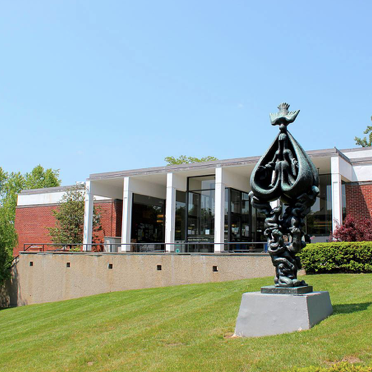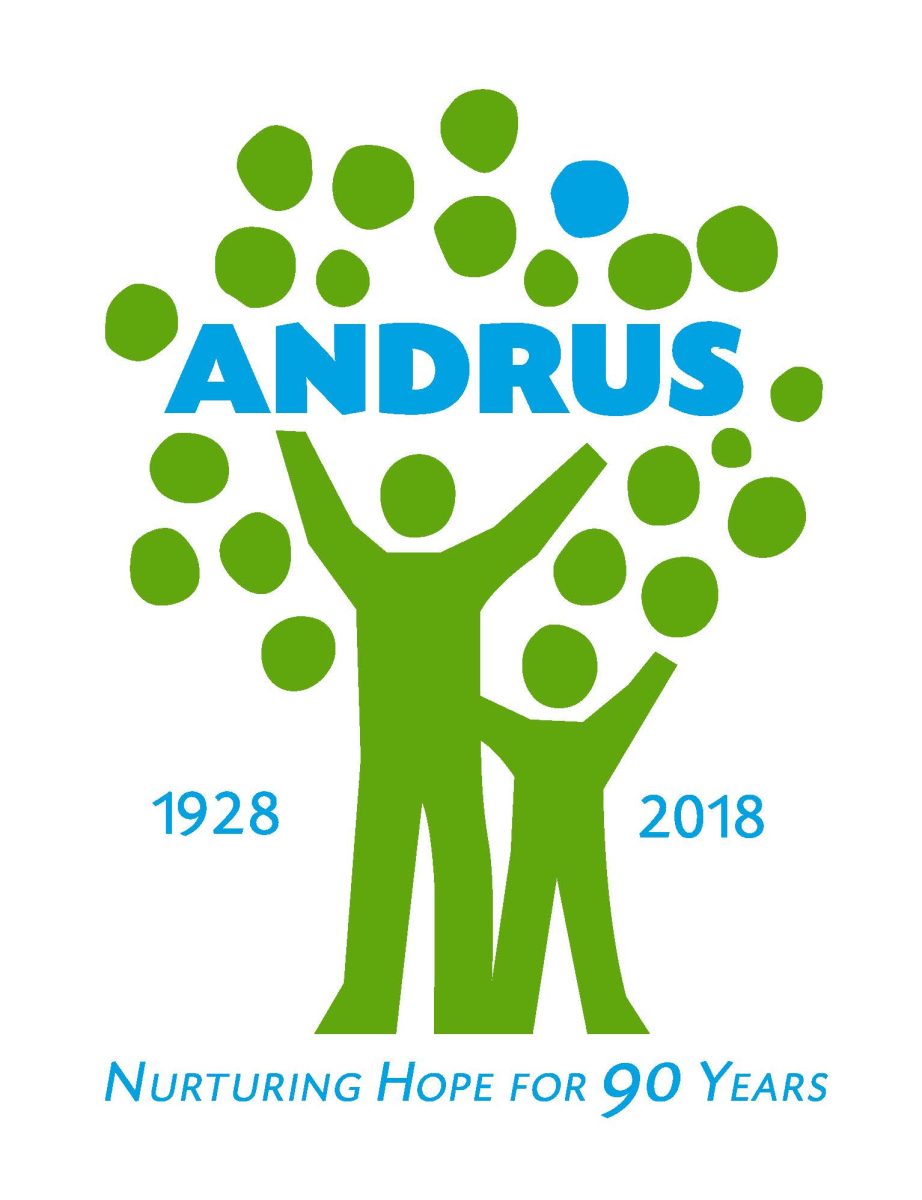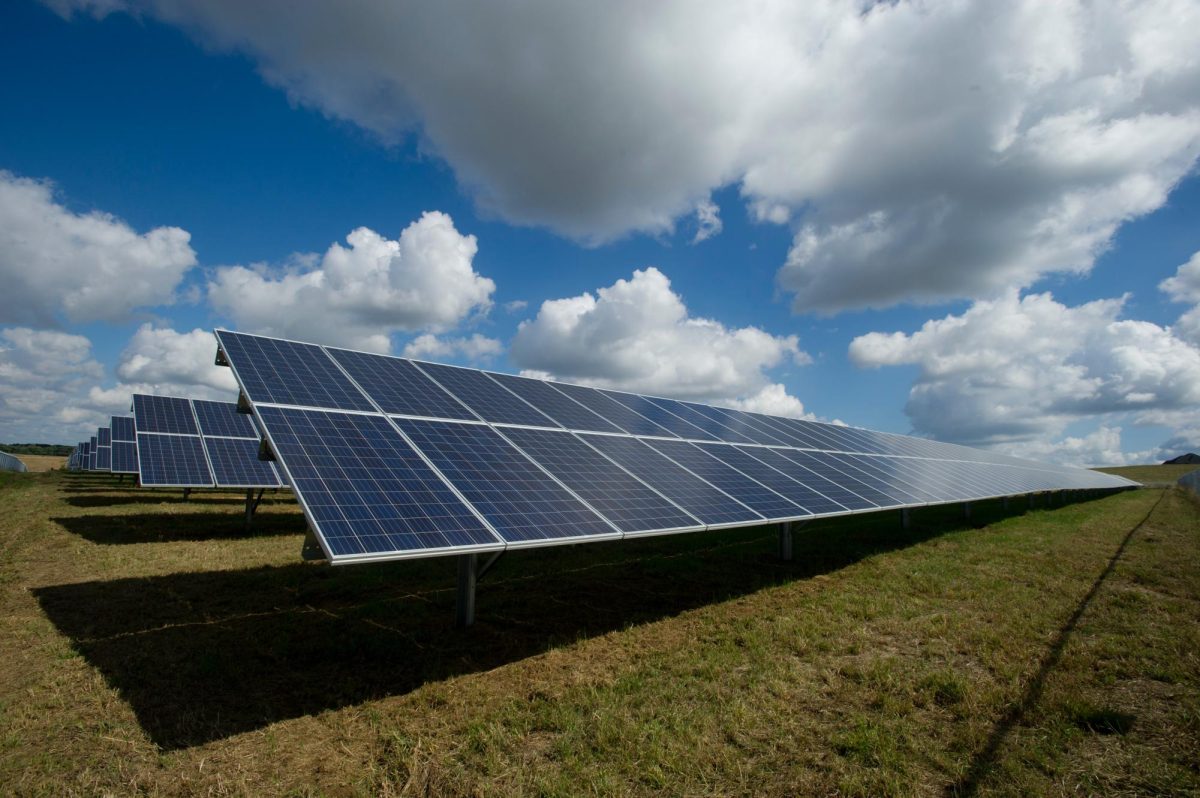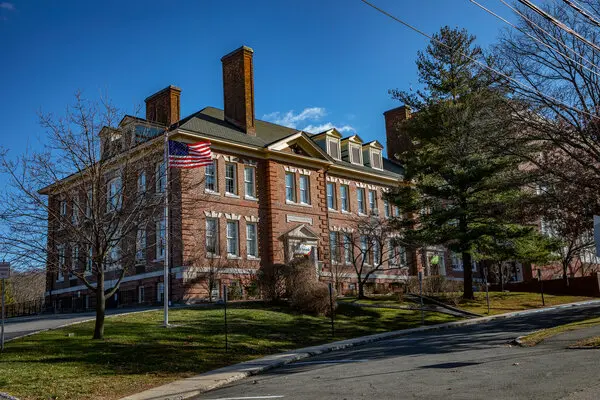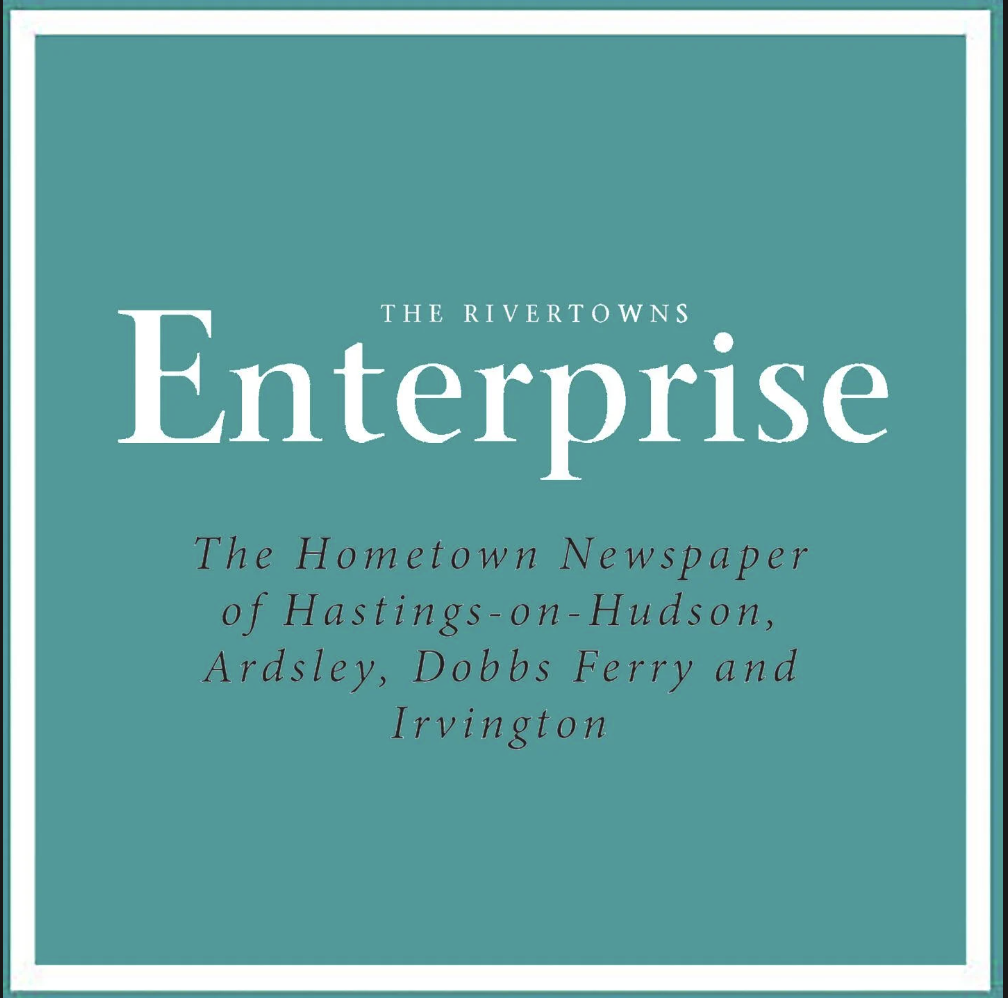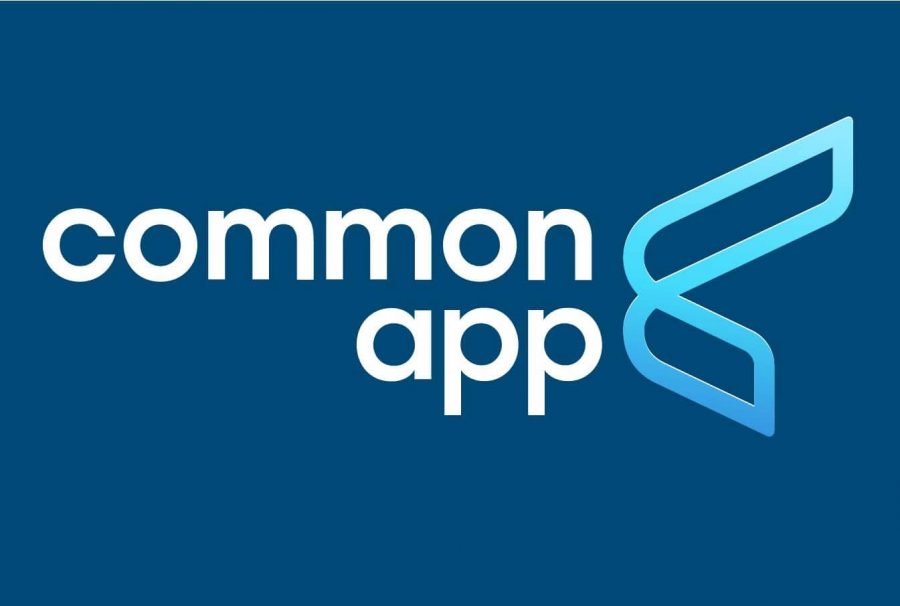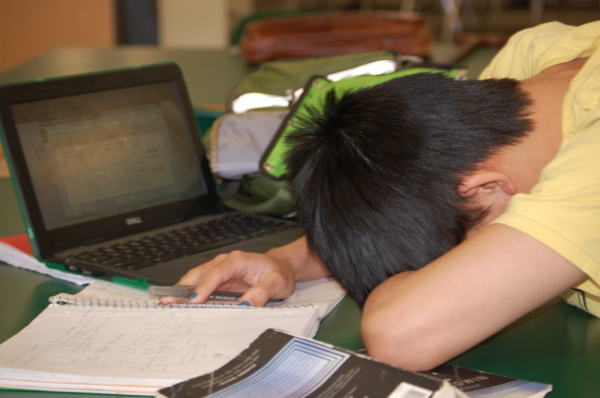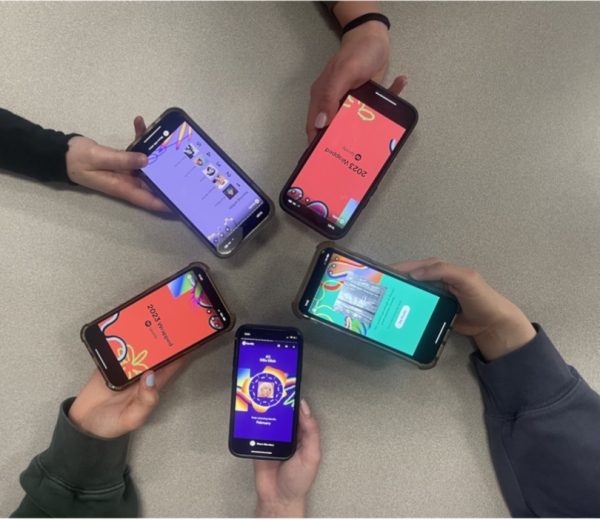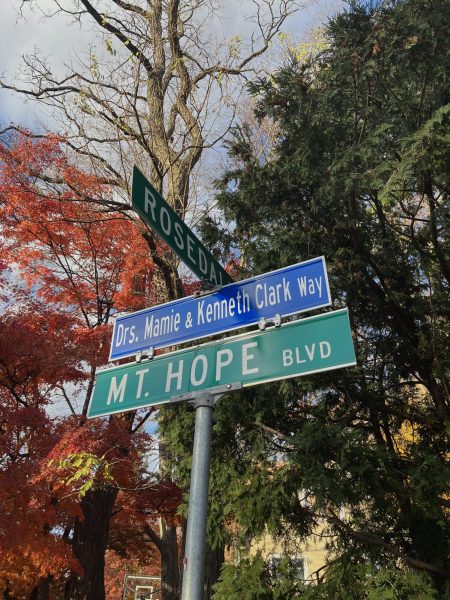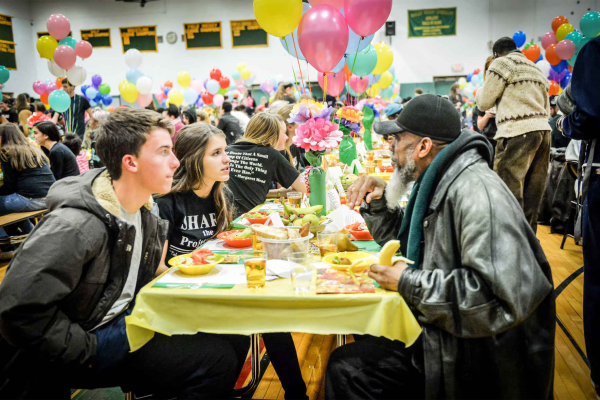The Rise of Common App and the Fall of Acceptance Rates
October 11, 2020
Some high school juniors and seniors hav e probably heard the phrase “I definitely wouldn’t be accepted to [insert college] today!” Generally coming from parents or family friends, the point is usually to enforce how much harder and more selective the application process has become. While certainly conveying a degree of modesty about their own achievements, the phrase is also boastful to an extent; it shows just how high end and competitive their school has become.
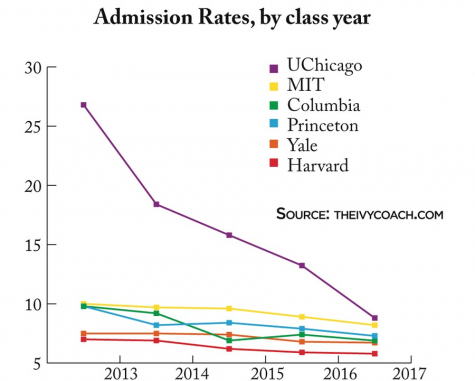 Indeed, it seems as though each year top schools are admitting a new record low percentage of students, and that getting into one of these schools has essentially become a lottery. The most drastic example of this drop in acceptance rates can be seen at the University of Chicago. Over the past 23 years the admission rate there has decreased more than any other school in the country, going from 61% in 1997 to 6.2% in 2020. We can see part of that trend in the graph below. But this is true of other schools too, like Georgia Tech and UC Irvine, which have both experienced 50% decreases in their acceptance rates in the past 15 years. In fact, a study by Business Student on the top 50 schools in the US found that forty-eight of them have had a decrease in their acceptance rate over this time frame.
Indeed, it seems as though each year top schools are admitting a new record low percentage of students, and that getting into one of these schools has essentially become a lottery. The most drastic example of this drop in acceptance rates can be seen at the University of Chicago. Over the past 23 years the admission rate there has decreased more than any other school in the country, going from 61% in 1997 to 6.2% in 2020. We can see part of that trend in the graph below. But this is true of other schools too, like Georgia Tech and UC Irvine, which have both experienced 50% decreases in their acceptance rates in the past 15 years. In fact, a study by Business Student on the top 50 schools in the US found that forty-eight of them have had a decrease in their acceptance rate over this time frame.

The reason behind this drop in admission rates across the board is primarily due to an increase in applications. Applying to a higher number of schools is becoming more common, to the point where many guidance counselors recommend applying to up to 10, and students applying to 15 and 20 are not unheard of. This wasn’t the case 30 years ago. According to the National Association for College Admission Counseling, just 9% of students applied to seven or more colleges in 1990. That group had risen to 35% by 2016. After talking with Ms. Quigley, a guidance counselor at Hastings High School who has now been counseling for almost three decades, it was clear that she had noticed this trend as well. “Kids maybe did 3 or 4 applications, and that was it,” she said, thinking back to when she started in the early 1990s. The application process was all on paper back then, and the counselors individually sent off the application and $75 check for all their students in the mail. She thinks that the number of schools students apply to is “definitely” much higher now.
This increase is in part due to the very phrase in the first sentence of this article. Each year students feel that colleges are harder and harder to get into, and therefore feel like they need to apply to more and more in order to make sure they get in somewhere. This only decreases the acceptance rates and raises the prestige of many top schools, resulting in a vicious cycle.
Much of this application inflation is linked to the Common Application. This online tool has standardized the process of college applications, and has grown from being accepted at just 15 liberal arts colleges in 1975 to nearly 900 schools today. It has made applying to colleges so easy that many students often add a couple of universities to their list of schools without second thought. There’s no extra paperwork, no trying to find what the supplemental essays for each school are, no stress. The Common App handles all of that. All it takes is a $75 fee, which for many students is nothing compared to the tens of thousands of dollars in tuition they’ll pay. The application has also both nationalized and globalized the market for higher education. In fact, a new research paper by the National Bureau of Economic Research found that after joining the Common App, colleges see an immediate 12% increase in applications received, as well as an increase in out-of-state and international students. Indeed, using the Common App, students are now applying to colleges further away, ones they might not even have considered otherwise.
Ms. Quigley mentioned that she definitely saw a bump in applications when the Common App was introduced, and then another bump when the Common App transferred online. When her own children went off to college, she remembers how easy it was to just add another school to the list of applications, thinking, “oh, it’s just one more, throw it on.”
The Common App isn’t the only thing fueling this increase in applications though. The colleges and universities themselves have a role in it. These schools need to ensure that their freshmen classes are filled, as with more students applying to more schools, the chance they’ll attend any particular one decreases. According to The New York Times, an increasing amount of universities are “buying the names of desirable students from testing agencies and sending them “fast track” applications that require little more than a signature.” These applications often boast about having no essays, no application fees, automatic scholarship consideration, and an admission decision in less than a week. That kind of deal is understandably tempting. Other schools, like Washington University in St. Louis, have just scrapped the supplemental essay requirement for everyone, and advertise the fact that applying is as easy as a click of a button. These tactics result in part from the college ranking systems, which credits schools for their selectivity. The more applications a school receives, the more highly qualified students it turns down, the lower its acceptance rate goes. According to Kent Rinehart, dean of undergraduate admission at Marist College, colleges “like to turn away more students. It looks good to the alums, it looks good to the people on their campus, it looks good for rankings and ratings.”
A final reason behind this rise in applications is the international aspect, and the globalization of applicants. Jacoba Urist, a writer for The Atlantic, puts it well, saying that “an American college education has become a consumer good—and schools are actively marketing themselves overseas.” In China, India, Korea, and many countries in the Middle East, there is a status that comes from attending an American college – and not just the Ivy League ones. The Common App helps overseas students with these applications as well.
Many students and parents are understandably upset at how intense and stressful the college process has become. Some argue that measures should be put in place to limit the amount of schools students apply to, and to stop students from applying to all eight ivies. The current limit on Common App sits at twenty, which is already rather high. However, since there is no perfect solution to the frustrations that accompany these falling acceptance rates, guidance counselors and admissions officers often remind students of the importance of identifying strong ‘targets’ and ‘safety’ schools in addition to ‘reach’ ones. Ms. Quigley agrees, saying “it’s always good to apply to a cross-section of schools,” and to “always have a few safer schools.” She also wants students to remember “not to take it personally,” and that often there’s “no accounting for what happens.”
In terms of getting into any particular school, showing demonstrated interest will usually increase one’s chances there. At this point though, it seems that students will continue to apply to more and more schools, dropping acceptance rates for the top 100 schools lower and lower, leading students to apply to more and more schools to be safe, leading to… The cycle feeds itself, and at the moment there is no end in sight.
